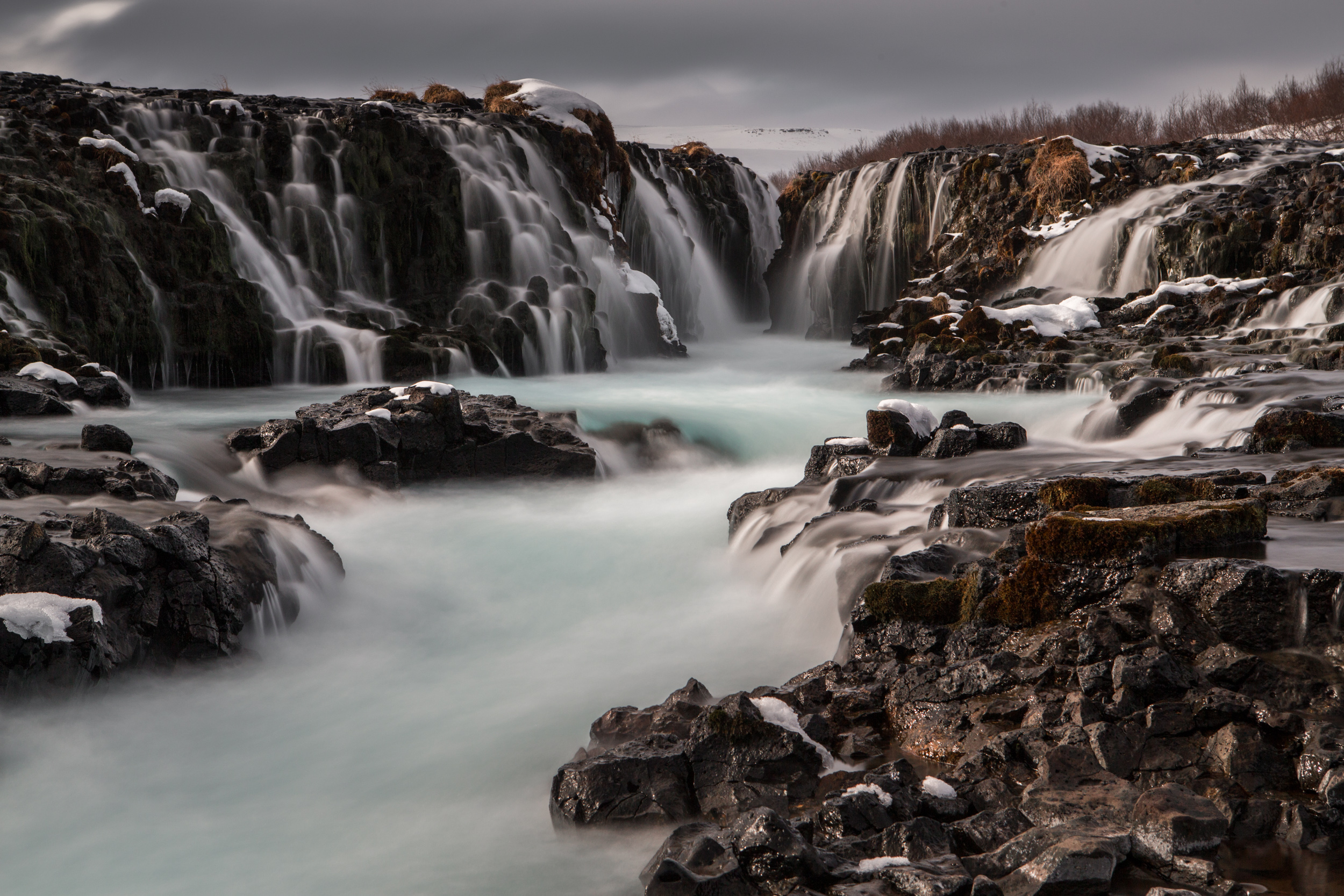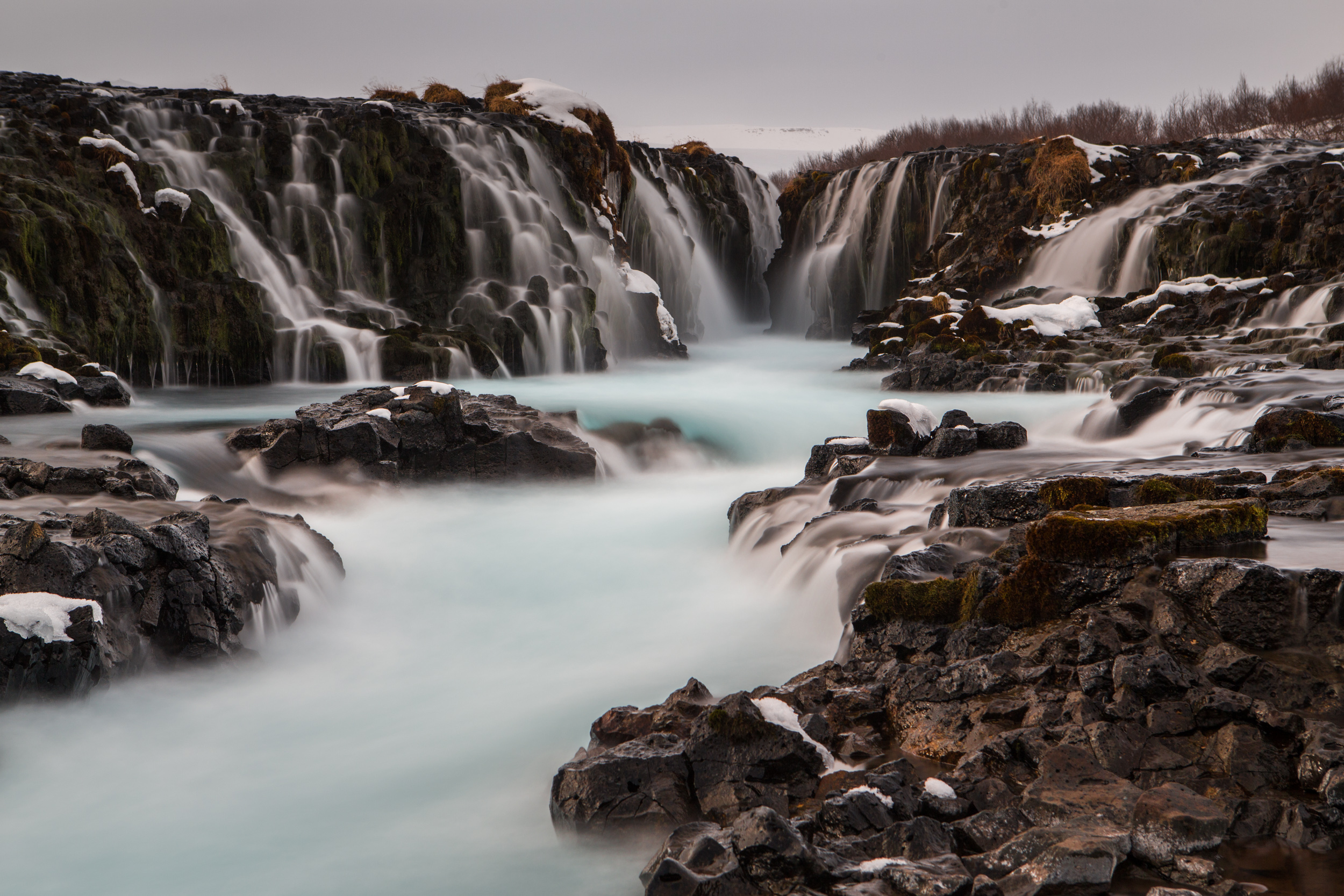5 Common Mistakes Using A Circular Polarizer
Circular Polarizer (CLP) can boost sky colors and contrast but could be very tricky to use. Common issues include vignetting on your photo corners and uneven light bands in the sky. The following five circumstances are what typically caused the problems.
1. Shooting in the wrong angle
The polarizing effect is directly related to the angle from the sun. They work best at 90° to the sun. If you take a picture with the sun behind you or in front of you, you won't get polarization. If you don't manage the angles right, sometimes the sky in your image will show darker blue either to the left or the right, which apparently doesn't look good.
See following bad example (photographed in Snæfellsnes National Park in Iceland). ISO320, 16mm, f/9 ,1/640sec
2. Shooting with a wide angle lens on a full frame, at the widest angle of your zoom
Wide angle lenses can cover an extraordinarily wide field of view. Therefore, if a large part of your image is blue sky, there’s a good chance you’ll end up with vignetting on the corner or bands of lighter and darker shades across the sky. Sometimes you won’t notice this on your camera’s LCD screen and by the time you see it on your computer screen, it might be too late to fix - particularly for the light bands. You can easily solve this problem by zoom in your lens, perhaps just a few mm. See following bad example. You can see the dark vignetting in the top and bottom right corner of my image.
I was using a full frame camera (Canon 5D Mark III) plus a wide angle lens 16-35mm at its widest angle. Camera setting was ISO100, 16mm, f/22, 1/30. Of course the issue in this image was relatively minor and I could simply cropped the vignetting corner out.
3. Stacking more than one filter or lens hood
Make sure you don't put your circular polarizer on top of a UV filter, or leave the lens hood on at the same time.
4. Shooting at wide aperture
Similar to taking a general landscape photo, you want to choose an aperture of f/8 or smaller when using a polarizer. If you choose a larger aperture, you might see some vignetting or light bands in the sky. So stop down to f/8 or smaller, the vignetting will likely disappear.
See following bad example. ISO125, 16mm, f/5.6, 1/320sec
Circular Polarizer issue 1
5. Using a circular polarizer that isn't thin enough for a wide angle lens.
So far all my lens filters are either from B+W or Lee. I found these two brands very reliable. They are also pretty thin for my wide angle lenses. Make sure you study the features of the glass before you purchase, if you choose other brands.Last but not least, using circular polarizer is not limited to the above scenario. In fact I find it most useful to use a polarizer when photographing waterfalls, creeks, or rivers in the sunlight. You can reduce the reflection of the wet rocks nearby and create a more visually pleasant image. The following are two photos I took at Bruarfoss in Iceland. You can see the difference on the bottom right corner of the rocks.





